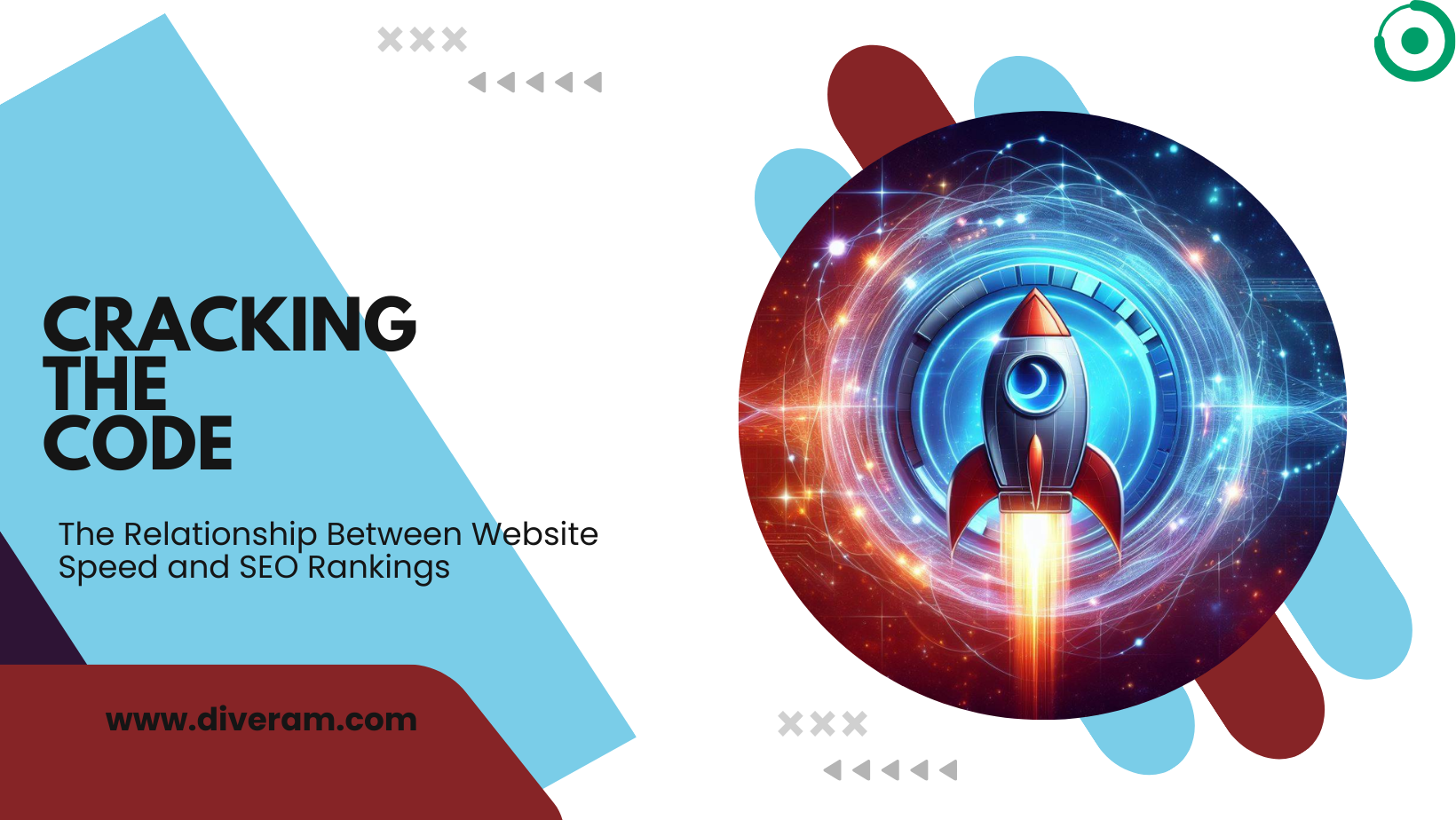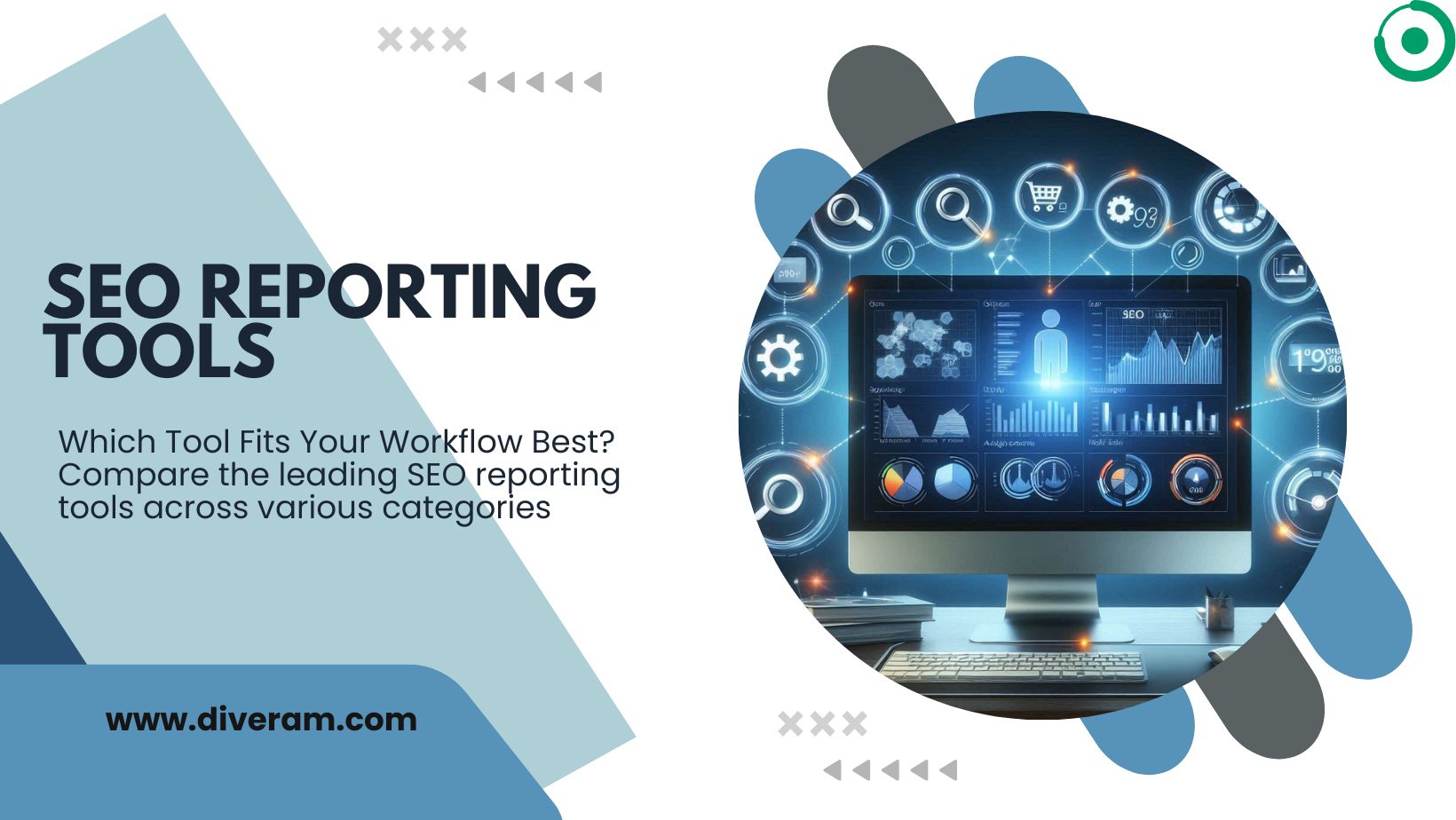Website Speed and SEO Rankings: Cracking the code

In the fast-paced world of digital dominance, where online visibility is the key to success, the speed of your website plays a pivotal role in determining its search engine rankings. Welcome to the ultimate guide on “Cracking the Code: The Relationship Between Website Speed and SEO Rankings,” where we unravel the intricacies of how your site’s speed can significantly impact your SEO success.
Introduction
In the vast realm of the internet, where information is at our fingertips, user experience is paramount. It’s not just about providing valuable content but also delivering it swiftly. Google, the search engine giant, recognizes this and prioritizes websites that offer seamless and speedy experiences. This guide delves into the crucial connection between website speed and SEO, shedding light on why it matters and how it can elevate your online presence.
Understanding the Significance of Website Speed in SEO
Correlation Between Website Speed and Search Engine Rankings
Google, in its quest to enhance user experience, considers page loading speed as a vital factor in determining search rankings. Pages that load quickly contribute to a positive user experience, and Google rewards such websites with higher rankings. Various studies and statistics substantiate this correlation, underlining the need for website owners to prioritize speed optimization for improved SEO performance.
Factors Influencing Website Speed
Server Response Time
Server response time, the duration it takes for your server to respond to a user’s request, directly impacts website speed. Optimizing server response time involves addressing server configurations, reducing server requests, and investing in reliable hosting services. By minimizing server response time, you enhance user experience and positively influence your SEO rankings.
Image Optimization
Unoptimized images can significantly slow down your website. Compressing and resizing images without compromising quality is crucial for faster loading times. Utilizing tools like TinyPNG or ImageOptim can help in achieving optimal image sizes, contributing to an improved user experience and better SEO rankings.
Browser Caching
Browser caching allows frequently accessed resources to be stored locally on a user’s device, reducing load times for returning visitors. By implementing effective browser caching, you not only enhance website speed but also positively impact your SEO performance, as Google values websites that prioritize user convenience.
Minification of CSS, JavaScript, and HTML
Minifying your website’s code involves removing unnecessary characters and spaces, reducing file sizes and improving load times. Tools such as UglifyJS for JavaScript and CSSNano for CSS aid in this process. Code minification is a key practice in website speed optimization, contributing to a positive user experience and higher SEO rankings.
User Experience and SEO Metrics
Core Web Vitals
Core Web Vitals, introduced by Google, are a set of user-focused metrics that measure aspects of web page performance. These metrics include Largest Contentful Paint (LCP), First Input Delay (FID), and Cumulative Layout Shift (CLS). Optimizing these Core Web Vitals contributes not only to improved user experience but also positively influences your website’s SEO rankings.
Time to First Byte (TTFB)
Time to First Byte (TTFB) is a crucial metric measuring the time it takes for a user’s browser to receive the first byte of data from your server. A fast TTFB contributes to a speedy website and, consequently, better SEO rankings. Optimizing server configurations, utilizing Content Delivery Networks (CDNs), and efficient code contribute to a reduced TTFB.
Tools and Resources for Analyzing and Improving Website Speed
Google PageSpeed Insights
Google PageSpeed Insights is a powerful tool that analyzes your website’s speed and provides actionable recommendations for improvement. Utilizing this tool helps you identify specific issues affecting your site’s speed, allowing you to implement necessary optimizations for enhanced SEO performance.
GTmetrix and Pingdom
GTmetrix and Pingdom are additional tools that provide in-depth analyses of your website’s performance. These tools offer valuable insights into various aspects affecting speed, allowing you to pinpoint and address specific issues. Regularly using these tools aids in ongoing optimization efforts for sustained SEO success.
Future Trends in Website Speed and SEO
The landscape of website speed and SEO is continually evolving. Emerging technologies, such as improved internet infrastructure and advancements in web development practices, will influence the future of website speed optimization. Anticipating these trends and staying ahead of the curve will be crucial for maintaining and enhancing SEO rankings in the years to come.
Conclusion
In conclusion, the symbiotic relationship between website speed and SEO rankings is undeniable. By prioritizing the optimization of factors such as server response time, image compression, browser caching, and code minification, you not only enhance user experience but also boost your site’s visibility on search engines. As we navigate the digital frontier, the need for speed becomes more critical than ever.
For a seamless journey towards improved website speed and elevated SEO rankings, consider partnering with Diveram, your trusted ally in digital excellence. Our expert team specializes in crafting tailored solutions to optimize your website’s performance and enhance its search engine visibility. Take the leap towards digital success—choose Diveram today.
Crack the code, accelerate your website, and watch your SEO rankings soar with Diveram.




